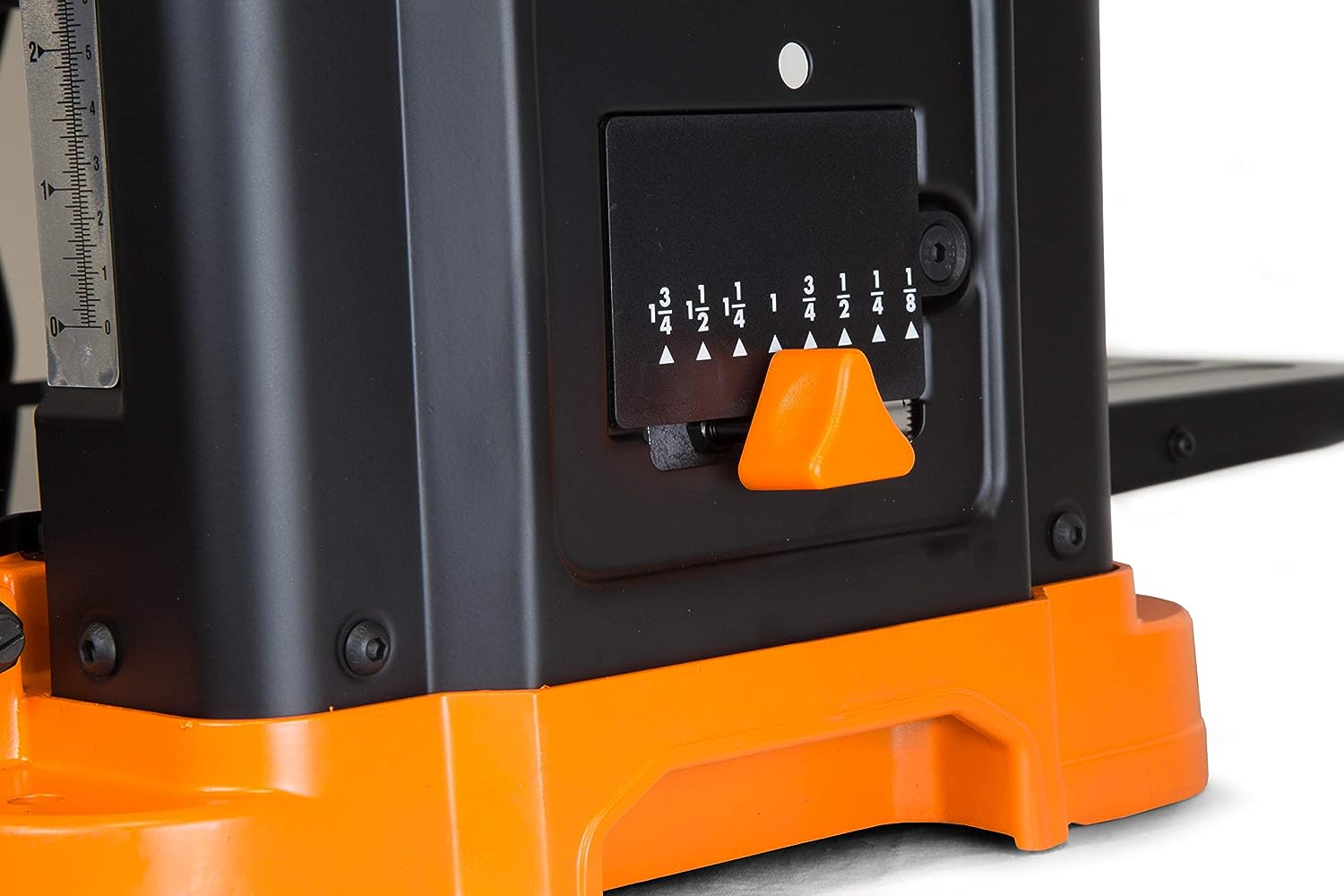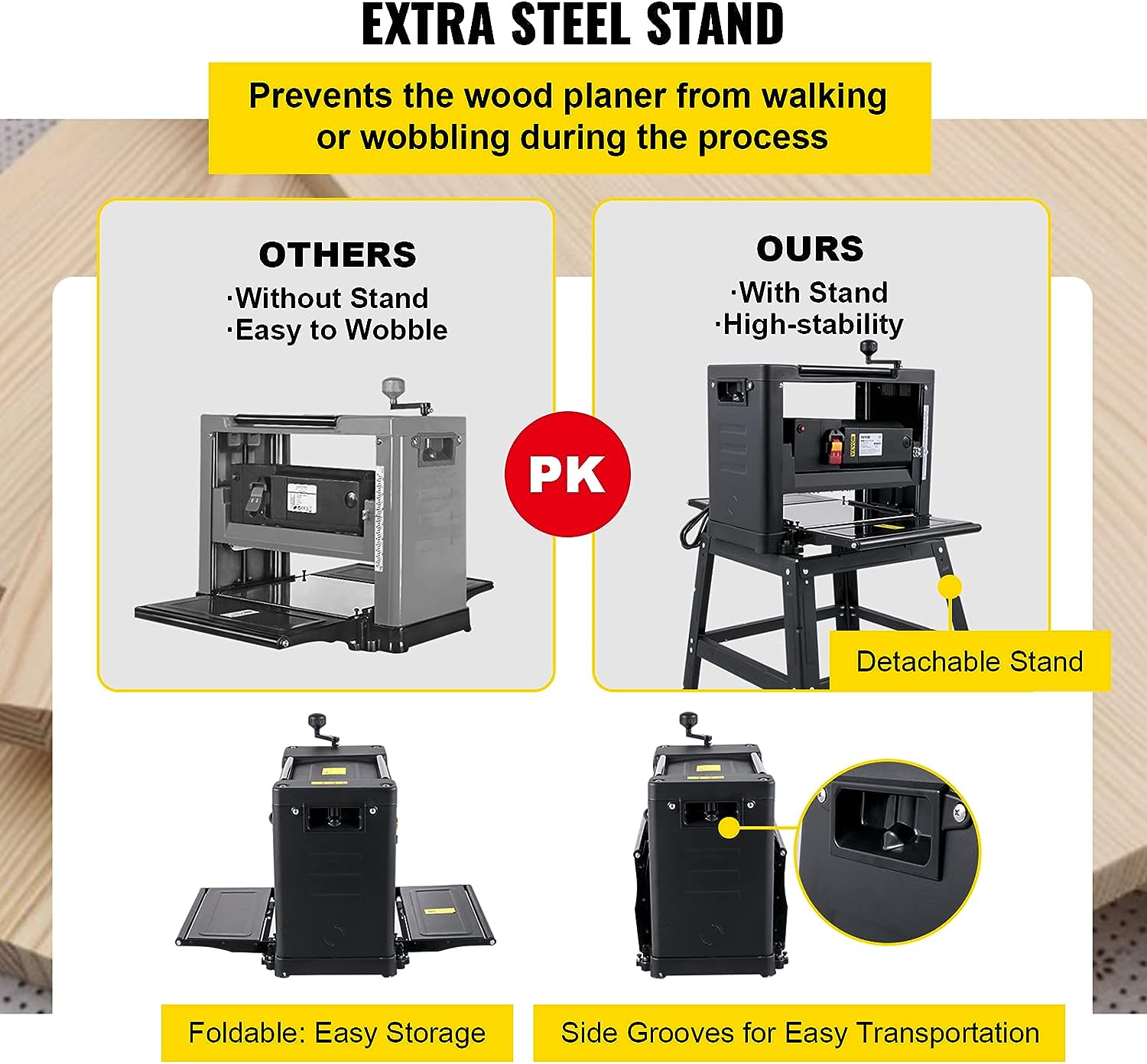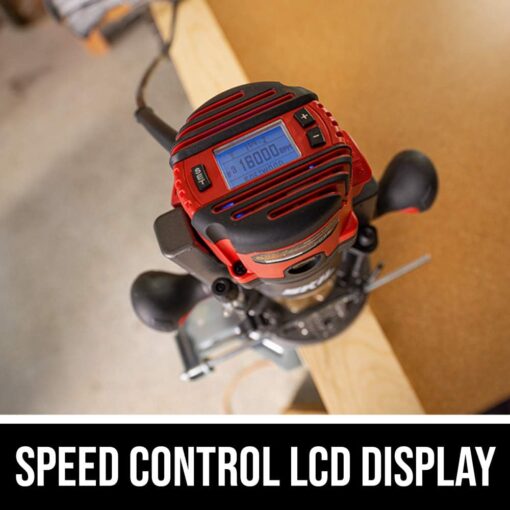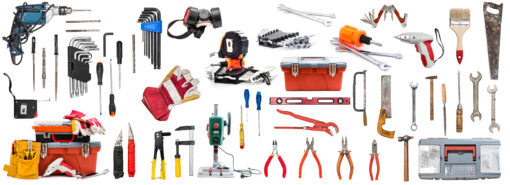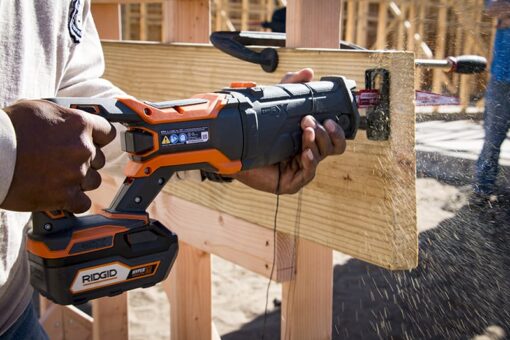If you’re someone who loves working with wood and enjoys taking on DIY projects, you may have found yourself in a dilemma when it comes to choosing between a thickness planer/jointer combo or investing in two separate machines. It’s a common question that many woodworkers face, and the answer isn’t always straightforward. In this article, we’ll explore the pros and cons of each option, helping you make an informed decision that suits your needs and budget. So, whether you’re a seasoned pro or just starting out, let’s dive into the world of woodworking machines and find out what’s best for you.
Overview
Introduction
When it comes to woodworking, making the right decisions about the tools you invest in can greatly impact the quality of your work. One important decision you may face is whether to purchase a Thickness Planer / Jointer combo or to buy two separate machines. In this article, we will explore the purpose and importance of these machines, as well as the advantages and disadvantages of each option. By understanding the factors to consider and the decision-making process, you’ll be able to make an informed choice that suits your specific needs.
Purpose of the article
The purpose of this article is to provide you with a comprehensive guide to decide whether to opt for a Thickness Planer / Jointer combo or purchase two separate machines. We will discuss the advantages and disadvantages of each option, taking into consideration factors such as space, cost, functionality, and maintenance. By the end of this article, you will have a clear understanding of which option aligns best with your requirements and preferences.
Importance of the decision
Investing in woodworking machinery is a significant decision, as it can greatly impact the efficiency and quality of your projects. The choice between a Thickness Planer / Jointer combo and two separate machines is crucial, as it determines how you will shape and prepare your wood for different woodworking tasks. Choosing the right option will ensure that you have the necessary tools to achieve precision, efficiency, and consistent results. Therefore, it is essential to thoroughly understand the advantages and disadvantages of each choice in order to make an informed decision.
Understanding Thickness Planer and Jointer
What is a thickness planer?

A thickness planer is a woodworking machine that is used to trim and smooth rough lumber to achieve a consistent thickness. It allows you to take rough-sawn lumber and transform it into usable boards with uniform thickness and smooth surfaces. The thickness planer features spinning blades that remove wood from the top surface of the lumber, resulting in an even thickness throughout.
What is a jointer?

On the other hand, a jointer is a woodworking machine used to create flat surfaces and straight edges on boards. It is primarily used to prepare the edges of boards for joining or to create perfectly flat surfaces for tabletops, cabinets, and other woodworking projects. The jointer works by using rotating blades to remove material from the surface of the wood, producing straight and smooth edges.
How they work
Both the thickness planer and jointer utilize rotating blades to remove material from the wood, but the way they do it differs. A thickness planer focuses on reducing the thickness of the entire surface of the board, whereas a jointer concentrates on creating flat and straight edges. Thickness planers have a feed mechanism that pushes the wood through the machine, while jointers have tables that support the wood as it is pushed along the rotating blades.
Key features and functionalities
Thickness planers are equipped with adjustable beds that allow you to control the desired thickness of the wood you are working with. They also often include features such as infeed and outfeed rollers and a depth gauge for precise measurements. Jointers, on the other hand, have adjustable tables and fences that help guide the wood along the rotating blades. They often come with depth adjustment options and safety features to ensure accurate and controlled cutting. Understanding these key features and functionalities is important when considering which option will best suit your woodworking needs.
Advantages of a Thickness Planer / Jointer Combo

Space-saving
One of the biggest advantages of a Thickness Planer / Jointer combo is that it saves space in your workshop. Instead of having two separate machines that require their own dedicated space, a combo machine combines both functionalities into one unit. This can be especially beneficial if you have limited space or if your workshop is already crowded with other equipment and tools.
Cost-effective
Purchasing a Thickness Planer / Jointer combo can be more cost-effective compared to buying two separate machines. Combining both functions into a single unit often results in a slightly lower overall price in comparison to purchasing each machine separately. This cost-saving aspect can be particularly appealing, especially for woodworkers who are on a tight budget or who are just starting out.
Convenience and efficiency
Having a Thickness Planer / Jointer combo allows for convenient and efficient woodworking processes. Instead of having to switch between two different machines, you can seamlessly transition from planing to jointing without wasting time on setup and adjustments. This level of convenience and efficiency can significantly enhance your workflow, allowing you to complete projects more quickly and effectively.
Seamless workflow
When using a Thickness Planer / Jointer combo, you can achieve a seamless workflow as you can move your material from one process to another without having to handle it multiple times. This reduces the chances of errors and inconsistencies, resulting in a smoother and more streamlined woodworking process. A seamless workflow can not only increase productivity but also contribute to the overall quality of your finished projects.
Consistency in results
By using a Thickness Planer / Jointer combo, you can ensure greater consistency in your woodworking projects. Since the machine combines both planing and jointing functionalities, it can maintain a consistent thickness and create straight edges on your boards. This uniformity in results can improve the overall quality and appearance of your finished pieces, giving your work a professional touch.
Disadvantages of a Thickness Planer / Jointer Combo
Limited functionality
One of the main disadvantages of a Thickness Planer / Jointer combo is its limited functionality when compared to two separate machines. With a combo machine, you may not have the same level of control or versatility in terms of adjusting cutting depths and angles. This limitation can be a drawback if you require more precise and specialized woodworking tasks that cannot be achieved with a combination machine.
Compatibility issues
When opting for a Thickness Planer / Jointer combo, you may face compatibility issues with certain materials. Since the machine is designed to cater to both planing and jointing needs, it may not be suitable for working with certain wood types or sizes. Additionally, the thickness planer and jointer functions may not perform optimally for materials that fall outside the standard dimensions or require specialized settings.
Maintenance and repair costs
Another drawback of a Thickness Planer / Jointer combo is that if one function of the machine breaks down or requires maintenance, it may render the entire machine unusable until the issue is resolved. This can result in costly repairs or downtime, especially if the combined machine is out of warranty or if replacement parts are not readily available. Maintaining and repairing a combination machine may also require more specialized knowledge and skills.
Advantages of Buying 2 Separate Machines
Flexibility and control
One of the advantages of buying two separate machines, a Thickness Planer and a Jointer, is the increased flexibility and control they offer. With individual machines, you have the freedom to adjust each one to your specific woodworking needs. This allows for greater precision in achieving desired thicknesses and accurately preparing edges for joining. The ability to fine-tune each machine independently gives you more control over your work and allows for a wider range of woodworking possibilities.
Enhanced precision
Separate machines often provide greater precision compared to combo machines. A dedicated Thickness Planer is solely focused on reducing the thickness uniformly across the entire board, which can result in more accurate results. A Jointer, on the other hand, is designed specifically to create perfectly flat surfaces and straight edges, ensuring precise and seamless joins. If precision is crucial for your woodworking projects, having two separate machines can offer you the level of accuracy you require.
Dedicated functionality
By purchasing two separate machines, you can take advantage of their dedicated functionalities. A Thickness Planer is specifically designed to handle material thicknesses, while a Jointer is specialized in creating flat surfaces and straight edges. Having separate machines allows you to achieve optimal results for each function individually, without compromising on performance or efficiency. This dedicated functionality can be particularly beneficial if you work on a wide variety of projects with varying requirements.
Replacement and upgrade options
Investing in separate machines provides you with the advantage of versatility in terms of replacement and upgrade options. If one of your machines becomes outdated or requires a significant repair, you have the flexibility to replace or upgrade it without affecting the functionality of the other machine. This ensures that you can continue working uninterrupted and adapt to technological advancements or changing needs in the woodworking industry.
Disadvantages of Buying 2 Separate Machines
Higher upfront costs
One of the main disadvantages of buying two separate machines is the higher upfront cost. Purchasing both a Thickness Planer and a Jointer individually can potentially be more expensive compared to investing in a combo machine. The additional cost of purchasing separate machines may be a significant consideration, especially if you are working within a limited budget.
Space requirements
Buying two separate machines also requires more space in your workshop. Unlike a Thickness Planer / Jointer combo that combines both functionalities into one unit, separate machines necessitate additional room for setup and operation. If you have limited space or if your workshop is already crowded, finding a suitable area for both machines can be challenging. It is important to carefully assess the available space in your workshop before deciding on separate machines.
Separate setups and workflows
Having two separate machines means you will need to set up and maintain each one individually. This process can be time-consuming, especially when transitioning between planing and jointing tasks. You will need to ensure that both machines are properly calibrated, adjusted, and aligned with the required specifications. Additionally, having separate setups and workflows may require additional steps in your woodworking process, potentially affecting your overall efficiency.
Maintenance and repair costs
With two separate machines, you may incur higher maintenance and repair costs compared to a combo machine. Each machine will require periodic servicing, blade sharpening, and cleaning to ensure optimal performance. Moreover, if any of the machines break down or require repairs, you will need to address individual issues separately, which can be more expensive in the long run.
Factors to Consider
Budget
Your budget is an important factor when deciding between a Thickness Planer / Jointer combo or two separate machines. Consider how much you are willing to invest and how it aligns with the cost of each option. While a combo machine generally offers cost savings, two separate machines may provide more precision and control, but at a higher cost.
Available space
Evaluate how much space you have in your workshop and whether it can accommodate two separate machines. Take into account the additional room required for setting up, operating, and moving around each machine. If your available space is limited, a combo machine may be a more practical choice.
Project requirements
Consider the specific woodworking projects you frequently undertake and the requirements of each. If you primarily work with boards that need uniform thicknesses and straight edges, a combo machine offering both thickness planing and jointing may be sufficient. However, if you require greater precision and versatility for different types of projects, two separate machines can offer dedicated functionality and enhanced results.
Personal preference
Your personal preference as a woodworker also plays a role in this decision. Some individuals may prefer the convenience and efficiency of a combo machine, while others may enjoy the control and customization provided by separate machines. Consider your working style and prioritize the aspects that are most important to you.
Future plans and flexibility
Think about your future plans in the woodworking field. Will you be expanding your projects or taking on more advanced tasks? Consider whether your choice between a combo machine and separate machines will allow for future flexibility and scalability. Investing in separate machines may provide more room for growth and adaptation.
Decision-making Process
Evaluate your needs
Begin by evaluating your specific woodworking needs and requirements. Determine whether you primarily work with materials that require planing and jointing or if you focus on more specialized tasks that demand dedicated machines. This evaluation will help you determine which option can meet your needs more effectively.
Consider your budget and space constraints
Next, consider your budget and the available space in your workshop. Compare the cost savings of a combo machine to the precision and control offered by separate machines. Evaluate whether your workspace can accommodate two machines and whether the additional space required aligns with your overall workshop setup.
Analyze your projects and workflow
Analyze the types of projects you commonly undertake and the workflow you follow. Reflect on the level of precision and consistency you require for each project. Consider whether a combo machine can provide sufficient results or if separate machines with enhanced functionalities would be more suitable.
Research and compare options
Take the time to thoroughly research and compare different models of Thickness Planer / Jointer combo machines and separate machines. Read reviews, watch demonstrations, and gather information about their features, specifications, and performance. Make note of any compatibility issues, maintenance requirements, and any specific advantages or disadvantages you come across in your research.
Seek expert advice
If possible, seek the advice of experienced woodworkers or industry experts. They can provide valuable insights and recommendations based on their own experiences and expertise. Discuss your specific needs and preferences with them to gain a deeper understanding of which option may be more suitable for your woodworking endeavors.
Make an informed decision
After considering all the factors, conducting research, and seeking advice, you are ready to make an informed decision. Remember that the choice between a Thickness Planer / Jointer combo or two separate machines ultimately depends on your individual needs, preferences, and budget. Select the option that aligns best with your woodworking goals, allowing you to achieve the desired results efficiently and effectively.
Conclusion
Summary of pros and cons
In summary, a Thickness Planer / Jointer combo can save space, be more cost-effective, and provide convenience and efficiency in your woodworking projects. It offers a seamless workflow and consistency in your results. However, it may have limited functionality, compatibility issues, and potentially higher maintenance and repair costs.
On the other hand, buying two separate machines provides flexibility, enhanced precision, and dedicated functionality for planing and jointing tasks. It allows for replacement and upgrade options but comes with higher upfront costs, space requirements, separate setups and workflows, and potentially higher maintenance and repair costs.
Key factors to consider
When deciding between a combo machine and two separate machines, consider factors such as budget, available space, project requirements, personal preference, and future plans. Assess your specific needs, evaluate your budget and workspace constraints, and analyze your projects and workflow. Thoroughly research and compare the options, seek expert advice, and make an informed decision based on your unique circumstances and priorities.
Final recommendations
Both a Thickness Planer / Jointer combo and two separate machines have their own advantages and disadvantages. However, for woodworkers looking for a space-saving, cost-effective, and efficient solution, a combo machine may be the most suitable choice. On the other hand, if precision, control, and versatility are of utmost importance, investing in two separate machines may be the better option. With the knowledge gained from this article and careful consideration of your needs, you can confidently choose the option that will best suit your woodworking journey

